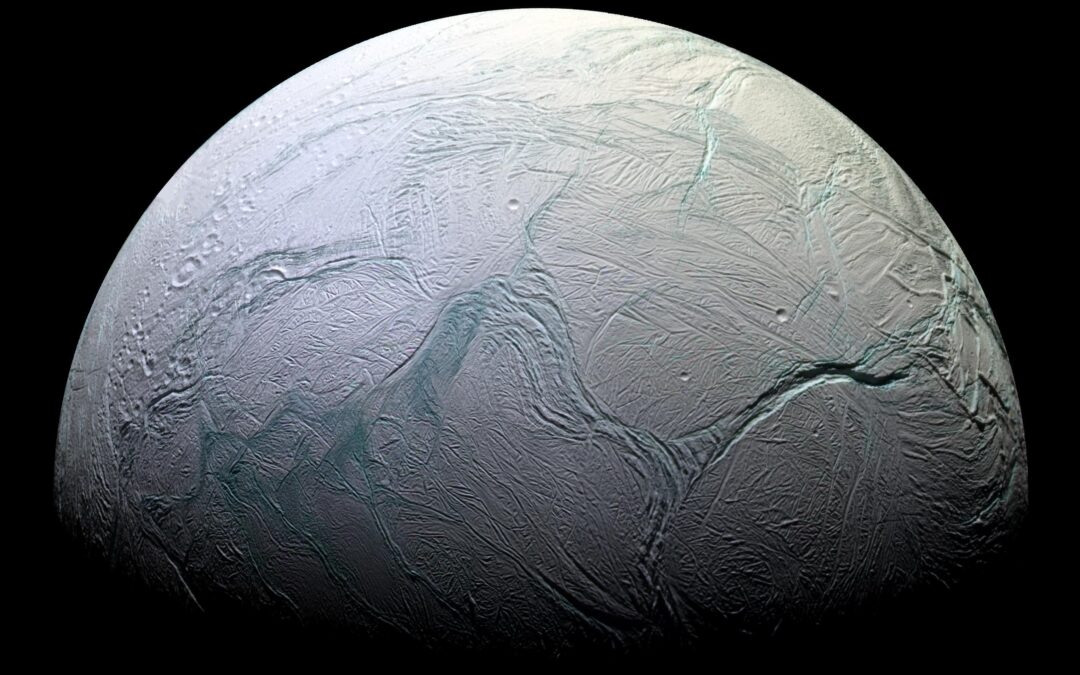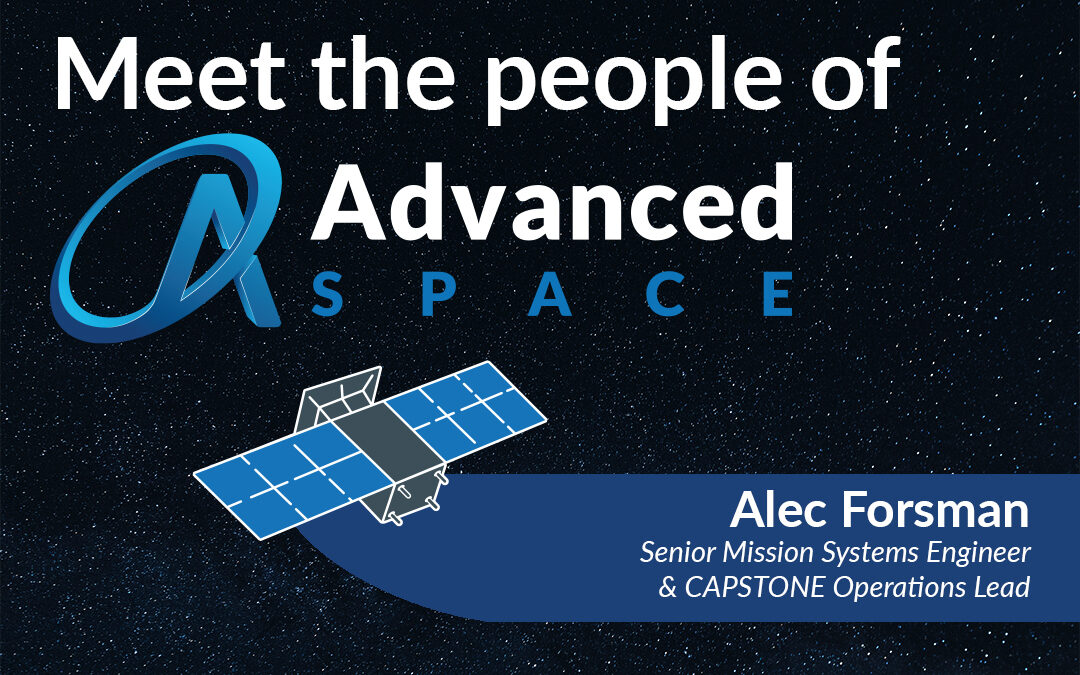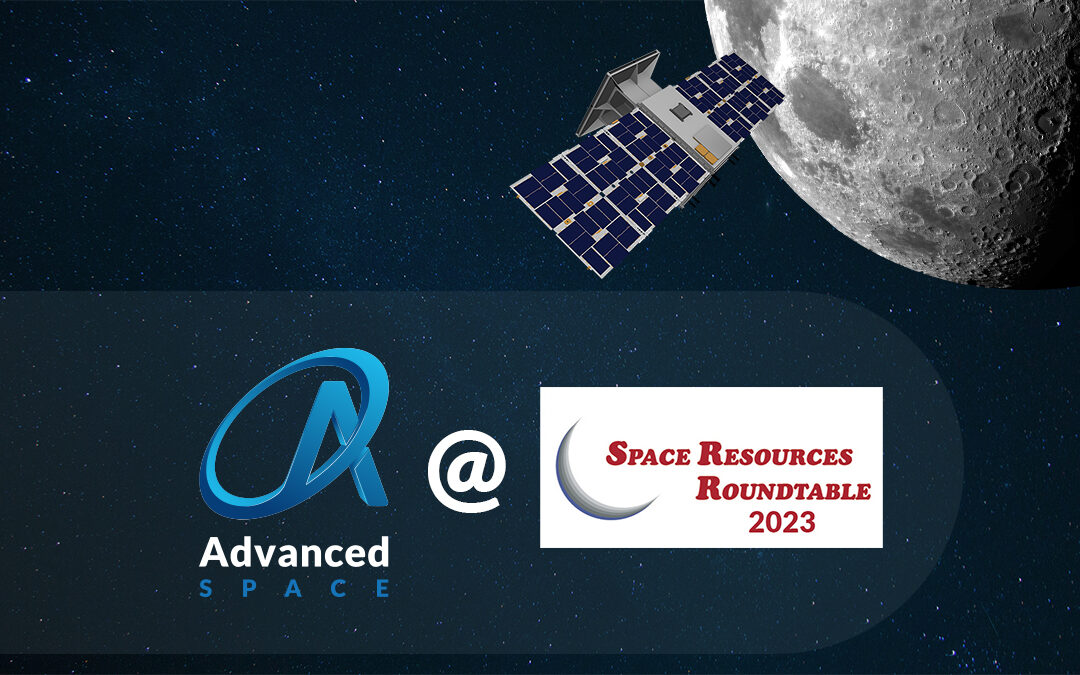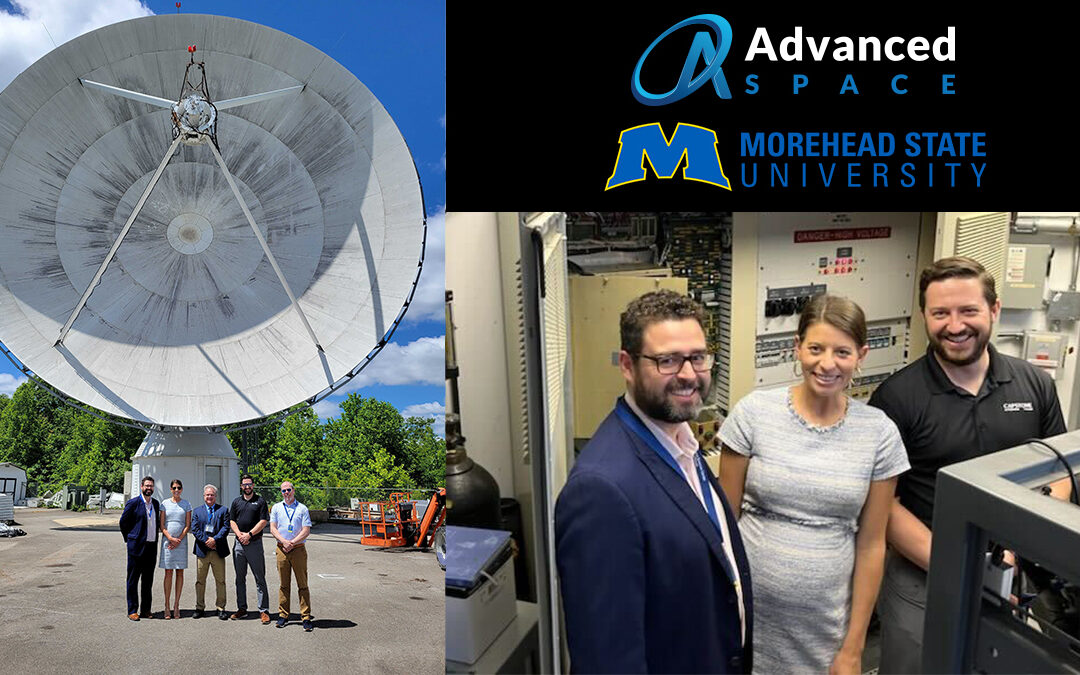
Jun 27, 2023 | ESCAPADE Mission, Partners & Partnerships
Mission in Partnership with University of California Berkeley Space Science Lab and NASA to Launch on Blue Origin’s New Glenn Rocket
Westminster, CO – Advanced Space, a leading space tech solutions company, is supporting the University of California Berkeley Space Sciences Laboratory (SSL) by creating technology that enables deep space and planetary exploration, in particular Mars. NASA’s Escape and Plasma Acceleration and Dynamics Explorers (ESCAPADE) mission management and operations will be led by the University of California Berkeley. (more…)

Jun 26, 2023 | Papers & Presentations, Partners & Partnerships
Advanced Space doesn’t just have a spacecraft flying at the Moon: we also investigate missions to deep space.
Last year, we conducted a feasibility study for a local non-profit organization (ASTROBi Foundation) that investigated the functions, cost, and complexity of three major components for a low-cost mission to Saturn’s moon Enceladus: (1) the entire trajectory set for a spacecraft to follow, (2) the navigation architecture, including both in-space and ground-based navigation, and (3) a low-cost ground system to support the mission. The mission’s science goal is to determine if biological signatures of life exist there. The spacecraft, named Encelascope, would collect its data by flying through the plumes that are erupting from the “Tiger Stripes” that appear on Enceladus’ southern latitudes. The Tiger Stripes are long depressions that have been observed to be spewing a stream of tiny particles into space, apparently from an underground ocean. A liquid ocean is a tantalizing location to probe for signatures of life. The science would require that the spacecraft pass through the Tiger Stripes’ plumes as low as possible, down to 1-20 kilometers above Enceladus’s surface, and the science phase would last approximately one year. (more…)

Jun 13, 2023 | Community, Team
What has been your favorite project at Advanced Space and why?
Hands down, it has been CAPSTONE. It has just been such a unique and exciting experience being able to work on developing the mission from a concept into an operational spacecraft at the Moon. The experience has given me the opportunity to work with incredible engineers and learn so many new things. Another aspect that makes CAPSTONE so interesting for me is the development of the onboard CAPS technology. It’s been so rewarding being able to work on a technology that started out as just a Phase I SBIR concept back in 2017 and matured into something we’ve been able to demonstrate successfully at the Moon 6 years later!
(more…)

Jun 6, 2023 | CAPSTONE Mission, Community
On June 6, Thomas Gardner, Advanced Space’s Director of Engineering, gave a presentation on the recently extended CAPSTONE mission as part of the Colorado School of Mines’ Space Resources Roundtable (SRR). He also discussed some of the future technologies we are supporting for future lunar resource development. Gardner explained, “We support [the Roundtable] because it’s the future – commercial exploration and development of space resources at the Moon and within the solar system in support of the exploration, development and settlement of space. Advanced Space was built to be a part of that.” (more…)

Jun 1, 2023 | CAPSTONE Mission, Community, Space Policy
Advanced Space’s CEO Bradley Cheetham paid a visit to Morehead State University (MSU) in Kentucky today. Cheetham toured the Space Science Center, along with staff members for Senate Minority Leader Mitch McConnell and Congressman Hal Rogers. While there, the group discussed the successful Cislunar Autonomous Positioning System Technology Operations and Navigation Experiment (CAPSTONE™) mission, along with potential future collaborations with MSU. (more…)

Apr 18, 2023 | Community, External News
We are in a new era of lunar exploration, development and settlement.
Originally posted to Space.com on 16 April 2023.
On June 28, 2022, CAPSTONE launched into space on a dedicated rocket as the first mission of the Artemis program, ushering in a new generation of lunar exploration, development and settlement. With NASA’s leadership and global involvement, we are entering a period that will define the future of space exploration: the Artemis Generation.
As the architects of CAPSTONE, our team has learned first-hand the challenges of lunar missions. From communications and propulsion anomalies to suspected radiation upsets, traveling to the moon and operating there is not an easy task. During these challenges, however, the best of the industry united and we overcame — such alignment is the key to successful long-term lunar development. (more…)






